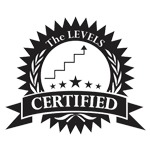In the era of electronic information, most electronic products need to use batteries. And the penetration rate of lithium batteries in modern society has reached 70%. In fact, anyone who has used lithium batteries knows that lithium batteries do not need to be maintained like lead-acid batteries.They don’t need to be topped up with electrolytes or cleaned like lead-acid batteries do. However, with any battery, even a lithium battery, you have to do one thing. You have to charge the right way! The correct lithium batteries charging can prolong the battery lifespan. Hope this guide can help you to understand lithium battery charging better.
Lithium Battery Charging Fundamentals
Before we properly charge the lithium battery charging, we need know the fundamentals of lithium batteries. In the market, there are two kinds of lithium batteries: Lithium ion Batteries and Lithium iron phosphate batteries, below is the basic parameter for both of them.
Lithium Battery Charging Schematic
Lithium-ion batteries are made of two electrodes: a positive one, and a negative one.
When we charge the lithium batteries, the electrons are sent back to the anode and the lithium ions re-intercalate themselves in the cathode. This restores the battery’s capacity.
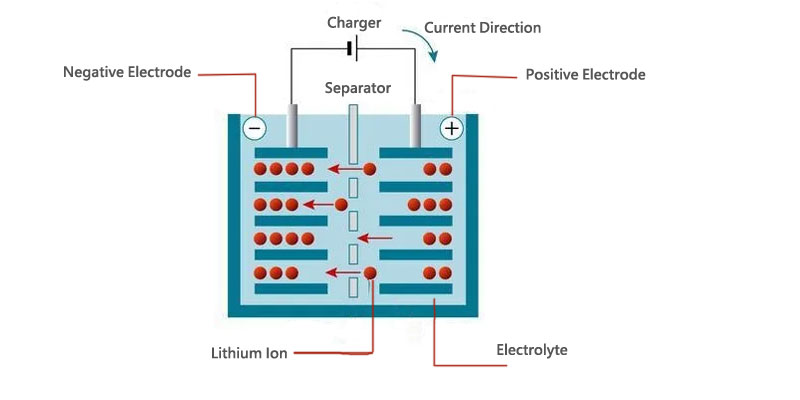
Lithium Battery Charging Voltage
Fully charged battery voltage:
Lithium ion Batteries: 4.2V Per Cell
Lithium iron Batteries: 3.6V Per Cell
Below picture to show the charging voltage difference between both.
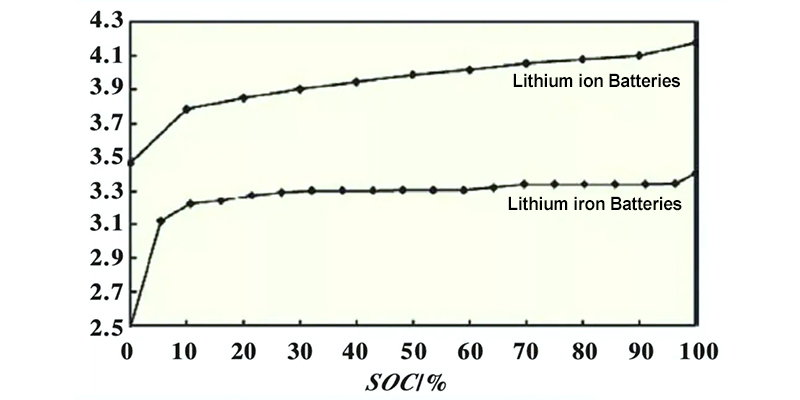
When charging, the difference between the battery voltage and the maximum charging voltage is less than 100mV and the charging current is decreased to C/10, the battery is deemed fully charged. C depends on the battery pack or battery cell specifications.
Lithium Battery Charging Temperature
The temperature range of lithium battery charging :
Lithium ion Batteries: 0~50℃
Lithium iron Batteries: 0~60℃
In fact, when the temperature is lower than ideal temperature, the charging rate will be slower, and when the temperature is lower than the battery can tolerate, the battery will go on strike. For safety reasons, we generally recommend charging the battery at 10-35℃.
BMS — The Parts That Avoid the lithium battery Overcharging
BMS Means Battery Management System.
In the process of lithium battery charging, the role of the protective plate is irreplaceable. In the process of battery charging, in order to prevent overcharging, the BMS always has an overcharging function. Mandatory safety features interrupt charge to protect the battery from overvoltage. The BMS checks the temperature and disconnects the battery to avoid overheating.
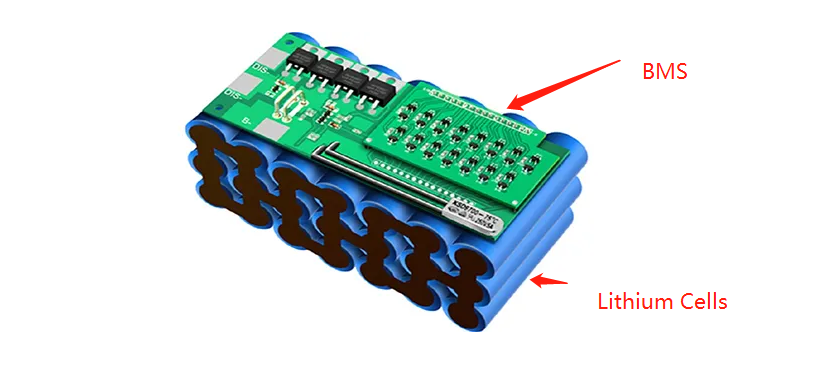
In addition, BMS can optimize uniform charging (balancing) between each cell in the battery pack. Without this balancing feature in the BMS, the oldest cell in the pack would age faster than the other cell. Since the lifespan of a battery pack is directly related to the oldest battery, a good balancing system will increase the lifespan of the battery.
The BMS can detect the state of charge and state of health of the battery (eg: 85% state of health means that the battery’s capacity has decreased by 15% since the beginning of its life – this is an interesting indication as it is known that a loss of 30% of original capacity means that As the battery is approaching the end of its chemical life and replacement time is approaching).
Why Do You Need To Charge Your Battery Correctly?
For lead acid batteries, overcharging can ruin them. Leaving them at a partial state of charge can do a real number on them too.
Luckily, those no-nos don’t exist for lithium batteries. You can use them past 60% battery capacity without damaging them. And you don’t have to charge them right away after using up your charge. This is super convenient when coming home from a fun but exhausting day out on the lake.
However, to charge our battery correctly is also necessary, which can prolong the battery life and avoid the problem that you may suffer.
How To Charge A Lithium Battery Properly?
Choose Correct Charger Based On Lithium Battery Type ( Lithium ion & Lithium iron)
Choosing the right battery charger will improve your battery’s life. However, a wrong charger can damage your battery.
As mentioned above. The voltage of the lithium ion battery is 4.2V per cell, and the voltage of the lithium iron battery is 3.6V per cell. The battery voltage of different lithium batteries is different, so choice a correct lithium battery charger is very important.
So how do you choose the right charger? Simply put, read the charger’s description. It will specify what type(s) of batteries you can use it to charge.
Choose Most Sutitable Lithium Battery Charging Current
Once you know what type of charger you need, you need to choose a charger with the right voltage and current. For example, 12V chargers are compatible with 12V batteries. And 48V chargers are compatible with 48V batteries. In the same 12V battery category, you can choose different charging currents (ie 5A, 10A, 20A).
To choose the appropriate amount of amperage, the maximum charging current of some batteries is 0.5C,(Battery C Rating Explanation And Calculation ). And the maximum charging current of some batteries is 1C. And the maximum charging current of some batteries is 3C. So please read the use manual to check the specific maximum charging current and then choose the appropriate charger.
A point to note, using a charger with an amp rating higher than the battery’s maximum charge current will damage the battery.
Charging In The Right Conditions.(Temperature & Humidity)
Lithium Battery Charging Temperature
As above menthioned, charging temperature is very important.
The temperature range of Lithium battery charging:
Lithium Ion Batteries: 0~50℃
Lithium Iron Batteries LiFePO4: 0~60℃
In fact, when the temperature is lower than ideal temperature, the charging rate will be slower, and when the temperature is lower than the battery can tolerate, the battery will go on strike. For safety reasons, we generally recommend charging the battery at 10-35℃ Celsius.
Lithium Battery Charging Humidity
In any case, the humidity of lithium battery charging is not more than 75%.
Otherwise, the risk of short circuit of the lithium battery will be greatly increased, which will affect the safety of the use of the lithium battery.
Steps Of Lithium Battery Charging
After you get the right charger, charging your battery is a cinch. Here’s what to do, step by step:
1. Make sure the battery terminals are clean. Remove any grease and dirt.
2. First, connect the red (positive) cable to the red terminal. Then connect the black (negative) cable to the black terminal. Make sure cables are tightly connected to the battery terminals.
3. Plug in the charger. And switch on.
4. If using a smart charger, you can “set it and forget it”. It will stop charging on its own. Most lead acid chargers require setting a timer and disconnecting the charger when the battery is charged. But for lithium batteries, it is not necessary since there are BMS protection function.
5. To disconnect, unplug the charger. Remove the black cable, then the red one.
How Long Does It Take To Charge A Lithium-ion Battery?
For normal battery charger, you can calculate it by yourself,
Charging time = Battery capacity/battery charger power.
For example,
If you charge a 100Ah lithium battery with a 20A charger, the charging time is 100Ah/20A=5 hours.
For smart battery charger, it will automatically choose the charging rate. When the battery is fully charged, it will switch to maintenance mode. The battery charger will caculate a time for the batteries.
How Often Should Lithium Batteries Be Charged?
For all of batteries,there are exist slight self-discharge effect when the battery is not used for a long time. If the lithium battery is stored in the warehouse, or not used for a long time, it should recharge the battery every 3 months. Which can avoid irreversible capacity loss. The charging capacity should be 50~80% of total capacity.
How To Charge A Boat Battery On The Water?
There are multiple ways to charge a boat battery while on the water. Wind power, Solar panels, towing a turbine, or the alternator from your engine can all be used.
This video will give you plenty of useful information about boat batteries charging.
The Cycle Times Of Lithium Battery Charging
Lead-acid batteries suffer from a pronounced nickel-cadmium memory effect, which becomes apparent if lead-acid batteries are only partially discharged each time they are used. Over time, they “remembered” the discharge level, and their capacity decreased accordingly. Therefore, in order to maintain the capacity of lead-acid batteries, lead-acid batteries need to be fully discharged on a regular basis. Even so, the actual life of the best lead-acid batteries is generally not more than two years, which is also the reason. Basically, the warranty of all lead-acid battery manufacturers will never exceed two years.
Fortunately, the memory effect of lithium batteries can be ignored.
Generally speaking,
Lithium ion batteries can be charged and discharged more than 1000 times. And still be able to maintain 80% of its initial capacity.
Lithium iron batteries can be charged and discharged more than 4,000 times and still maintain 80% of their initial capacity.
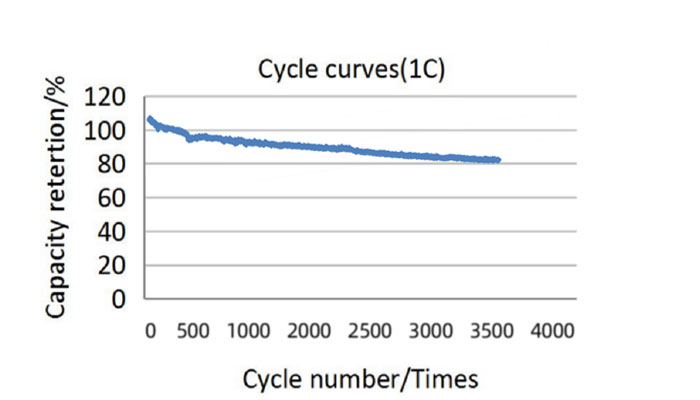
Are There Still Something That You Want To Know?
I really hope you enjoyed my complete guide to lithium battery charging.
Now I’d like to hear from you:
I’d love to hear what you think about the lithium battery charging? Or are there any other issues that we did not addressed?
Also, I plan on adding even more helpful resources to this article soon.
So let me know if you have any ideas or suggestions.
Either way, let me know by leaving a comment below right now.


